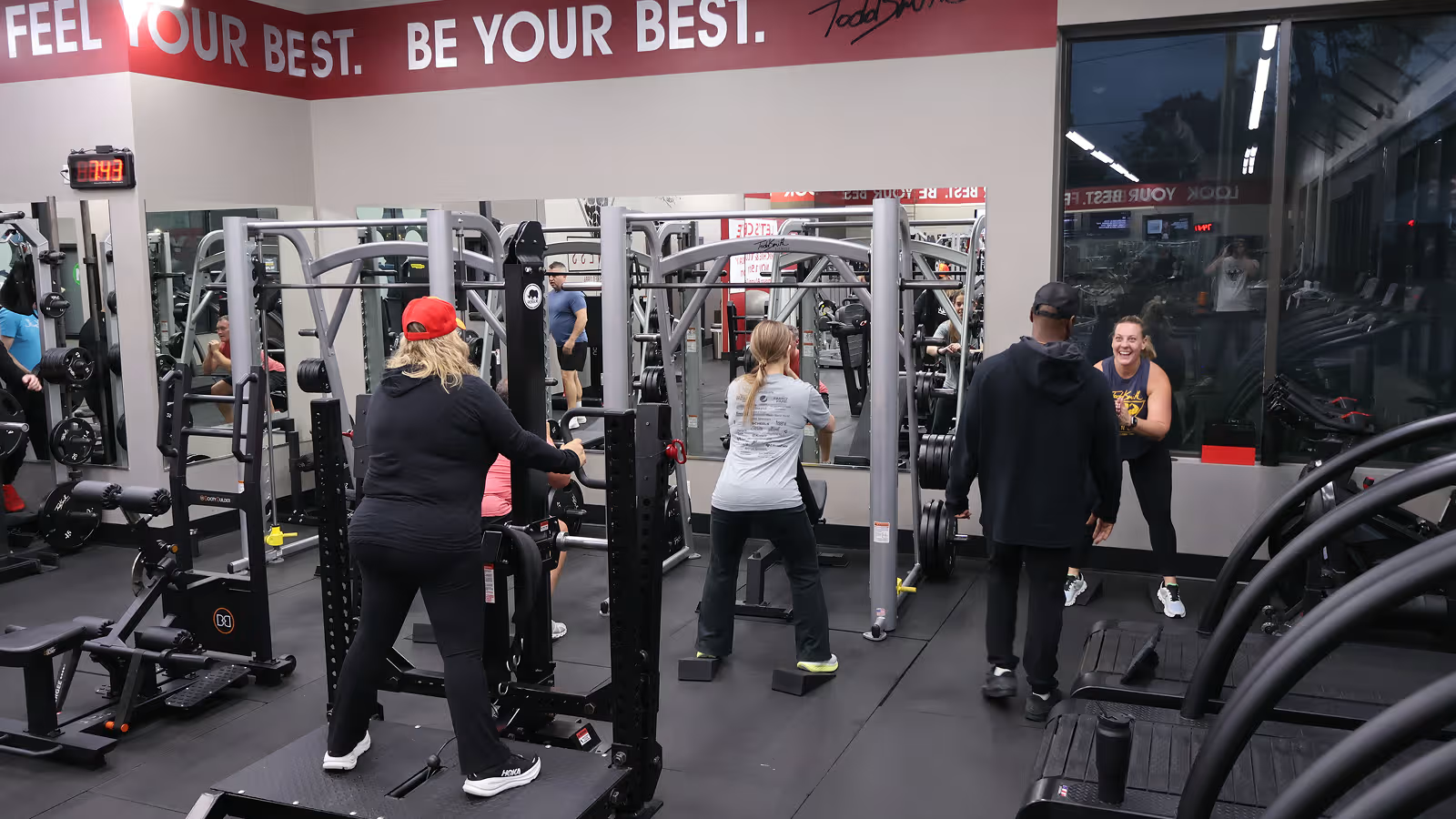You’ve probably heard that exercise is good for your bones, but did you know that strength training is one of the most powerful tools to prevent osteoporosis and build long-term skeletal strength?
Let’s break it down using real evidence and real-life tips.
How Strength Training Builds Bone
Your bones are living tissue. Just like muscles, they respond to stress. When you do strength training, using weights, resistance bands, or even your body weight, you create healthy stress that signals your bones to stay strong.
- Research shows that resistance training increases or maintains bone density, especially in the spine and hips, two areas prone to fractures in older adults.
A meta-analysis of multiple studies found that women who lifted weights improved their spinal and hip bone density significantly more than inactive groups (source). - In another study, women who trained 3x/week for 24 weeks didn’t lose bone density, while those who didn’t exercise did (source).
- A year-long study using heavier lifting showed participants not only gained bone density but also improved balance and muscle, reducing fall risk (source).
What Kind of Training Actually Works?
Not all exercise affects bones the same way. Walking alone isn’t enough to build or maintain bone density. What matters most is resistance and intensity.
Lift to (or near) failure
This doesn’t mean maxing out every set. It means selecting a weight that challenges you so much that the last few reps feel very difficult, whether you're using dumbbells, machines, or just your body weight.
Aim for sets of 8–12 repetitions taken close to failure, meaning you couldn’t do many more with good form.
This level of effort stimulates your muscles, and the tug of those muscles on your bones signals them to grow stronger.
Target the right areas
Focus on movements that strengthen:
- Your hips and thighs (think: squats, lunges, step-ups)
- Your spine and core (think: deadlifts, rows, carries, planks)
- Your shoulders and arms (think: presses, curls, push-ups)
If you're just starting, using resistance bands or bodyweight is fine, as long as you're working to failure or close to failure.
Add controlled impact if safe
Short, controlled jumping drills (like jump squats or skipping) can stimulate bone growth in the legs and hips. You don’t need to do anything wild, just brief, moderate-impact activities that your body can tolerate.
If you have osteoporosis or joint issues, skip the impact and stick with resistance training.
What the Research Tells Us
- Strength training prevents loss: Without resistance training, bone mass tends to decline, especially after 50. Regular lifting holds the line, or even builds it.
- Lifting plus balance training = fewer falls: Stronger muscles mean better control and fewer accidents.
- It doesn’t take hours: Most studies show results with 2–3 short sessions per week, consistently done at high enough intensity (close to failure).
Who Should Be Cautious?
If you've been diagnosed with osteoporosis, had a fracture, or are unsure about your ability to lift, talk to a doctor or physical therapist before starting. Avoid bending or twisting under heavy loads (e.g., no weighted crunches or toe touches). A professional can help customize a safe, effective program for you.
Nutrition and Lifestyle Tips to Support Bone Strength
Strength training is a powerful tool, but it’s even more effective when paired with:
- Plenty of protein: Bones need protein to regenerate, not just calcium.
- Calcium and vitamin D: Vital for bone remodeling.
- Adequate sleep: Bone tissue regenerates during rest.
- Staying active daily: Aside from lifting, reduce long periods of sitting.
Final Thoughts
If you want stronger bones, fewer fractures, and more confidence as you age, strength training is a non-negotiable. Not just any strength training, the kind that pushes you to (or near) failure.
It’s not about lifting the heaviest weights, it’s about choosing resistance that truly challenges your body and doing it consistently.
You don’t need to “count steps,” track calories obsessively, or live in the gym. Just train with intention, eat to support recovery, and let your body adapt.
Strong muscles = strong bones. And that means a stronger, safer, more independent life for years to come.








